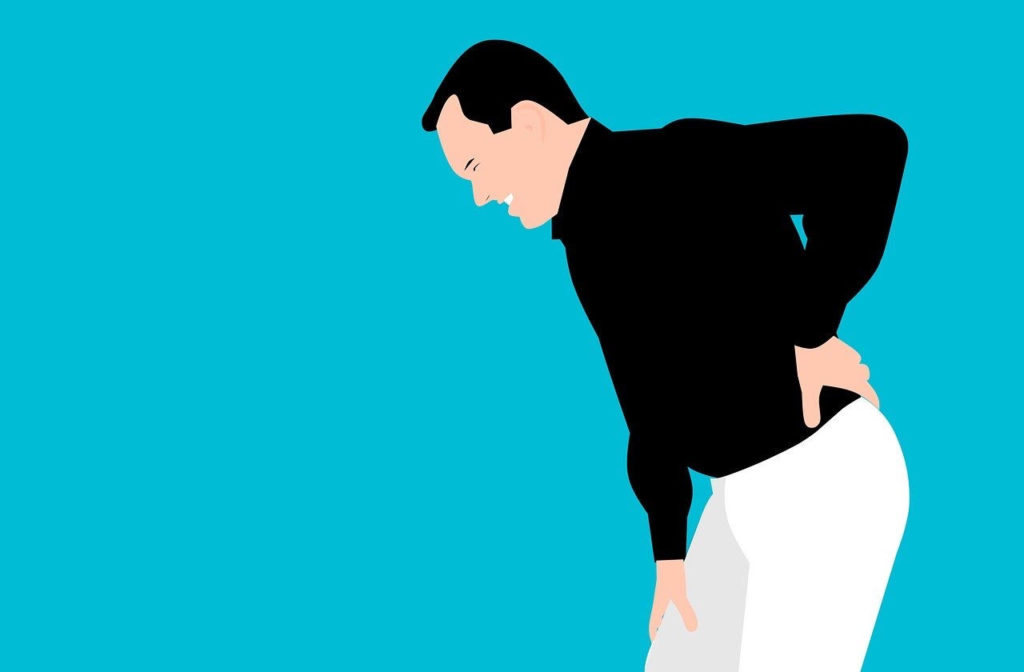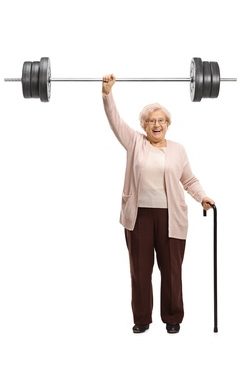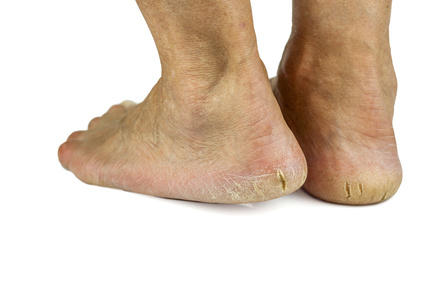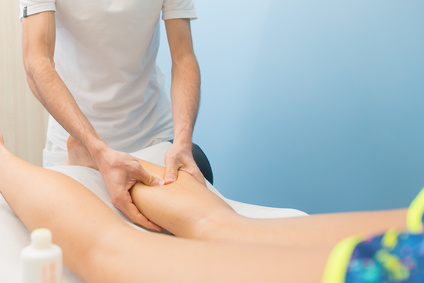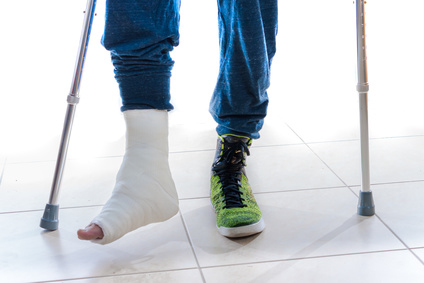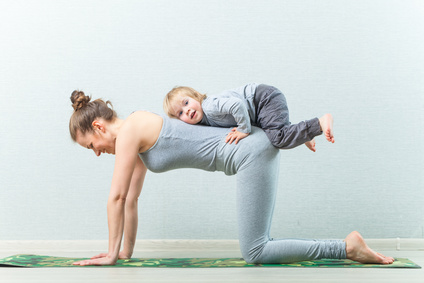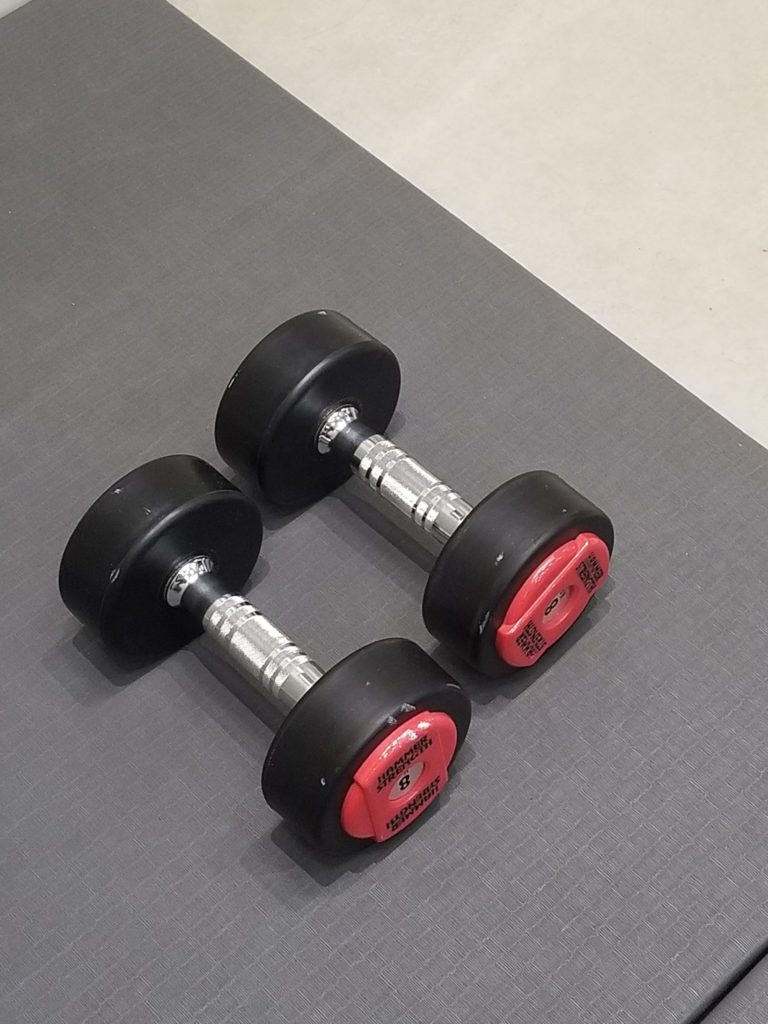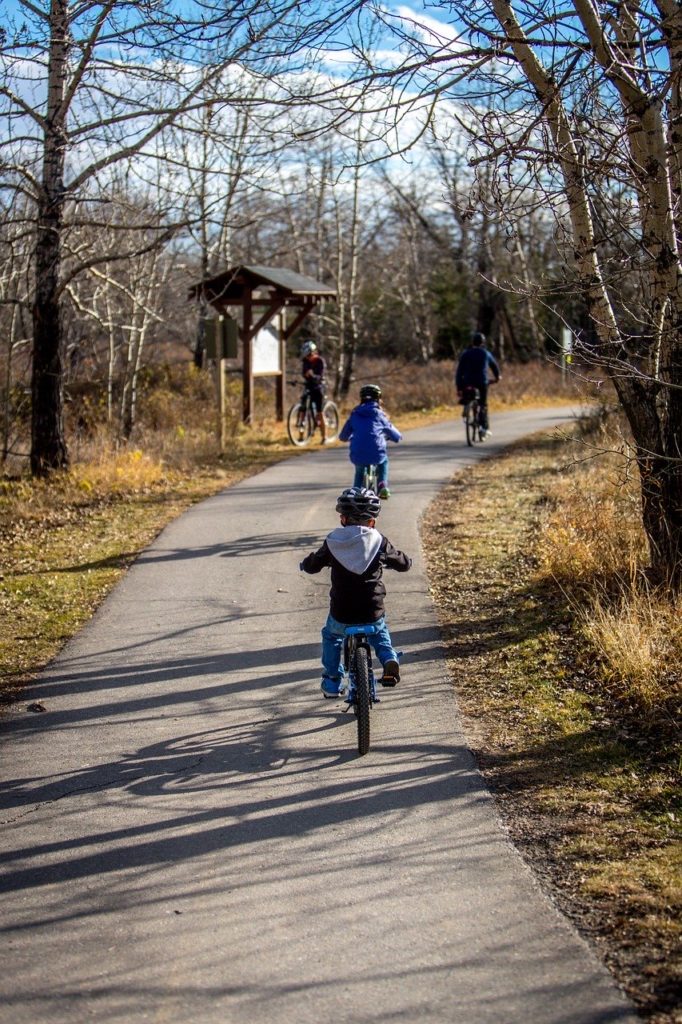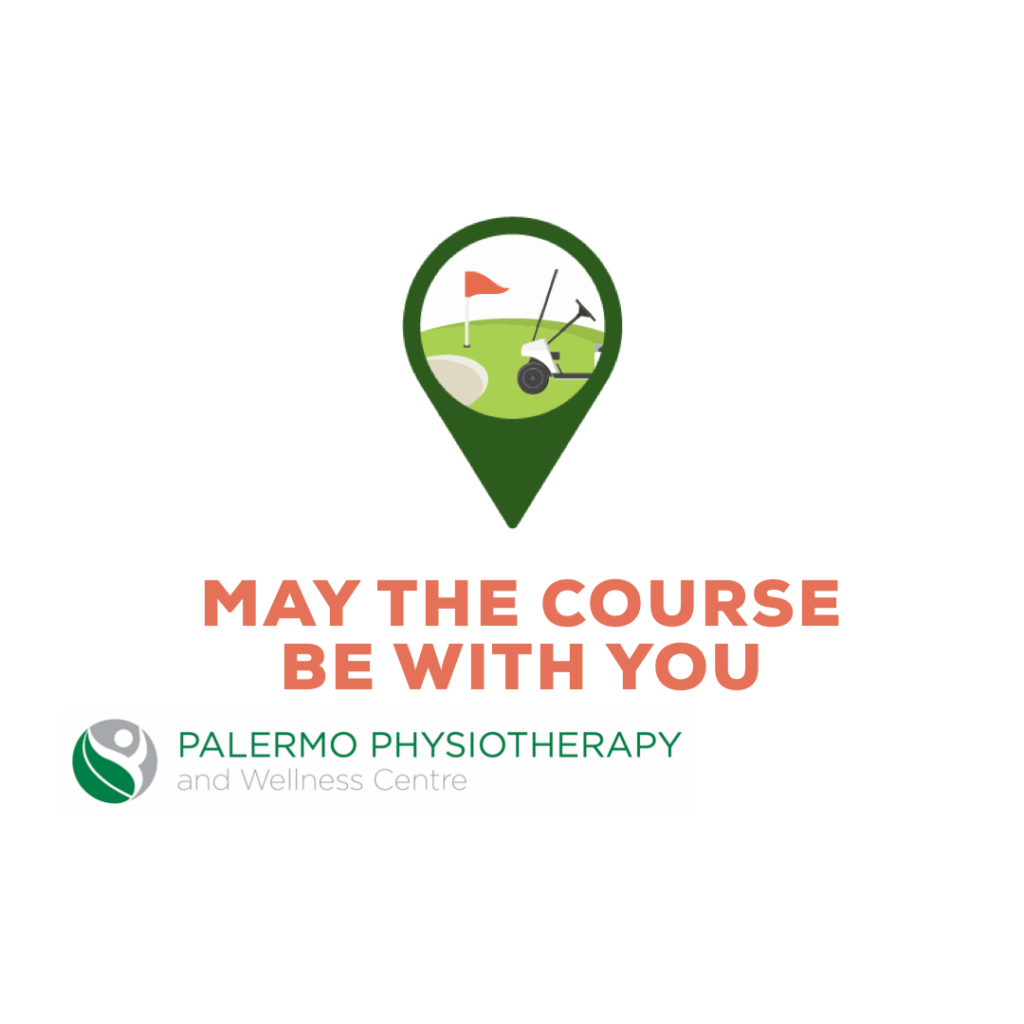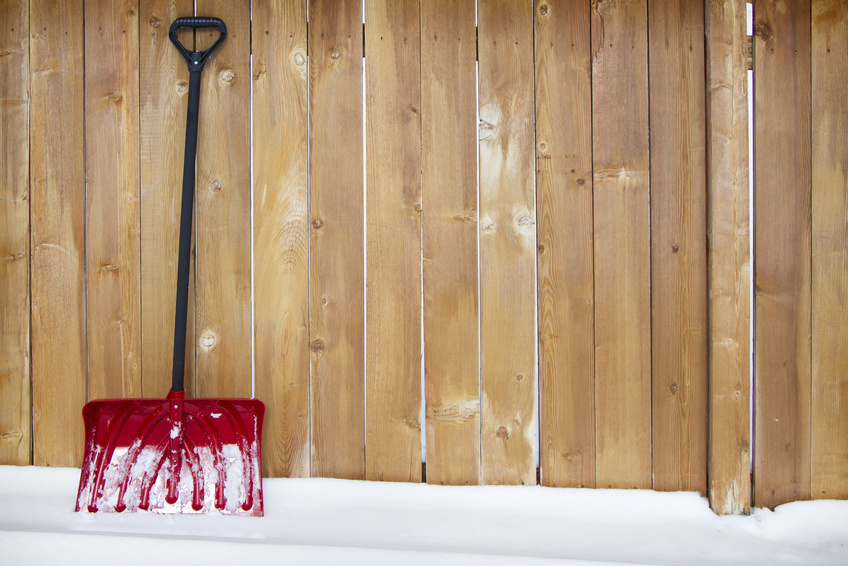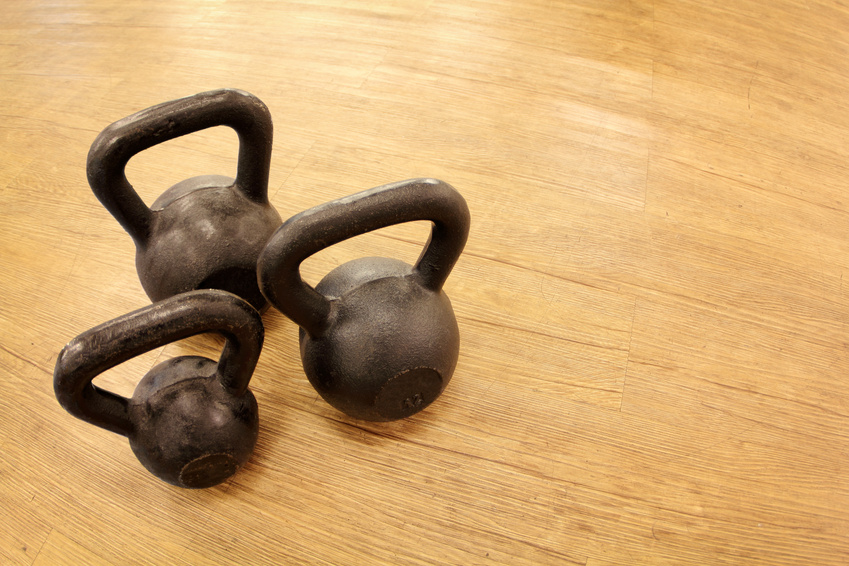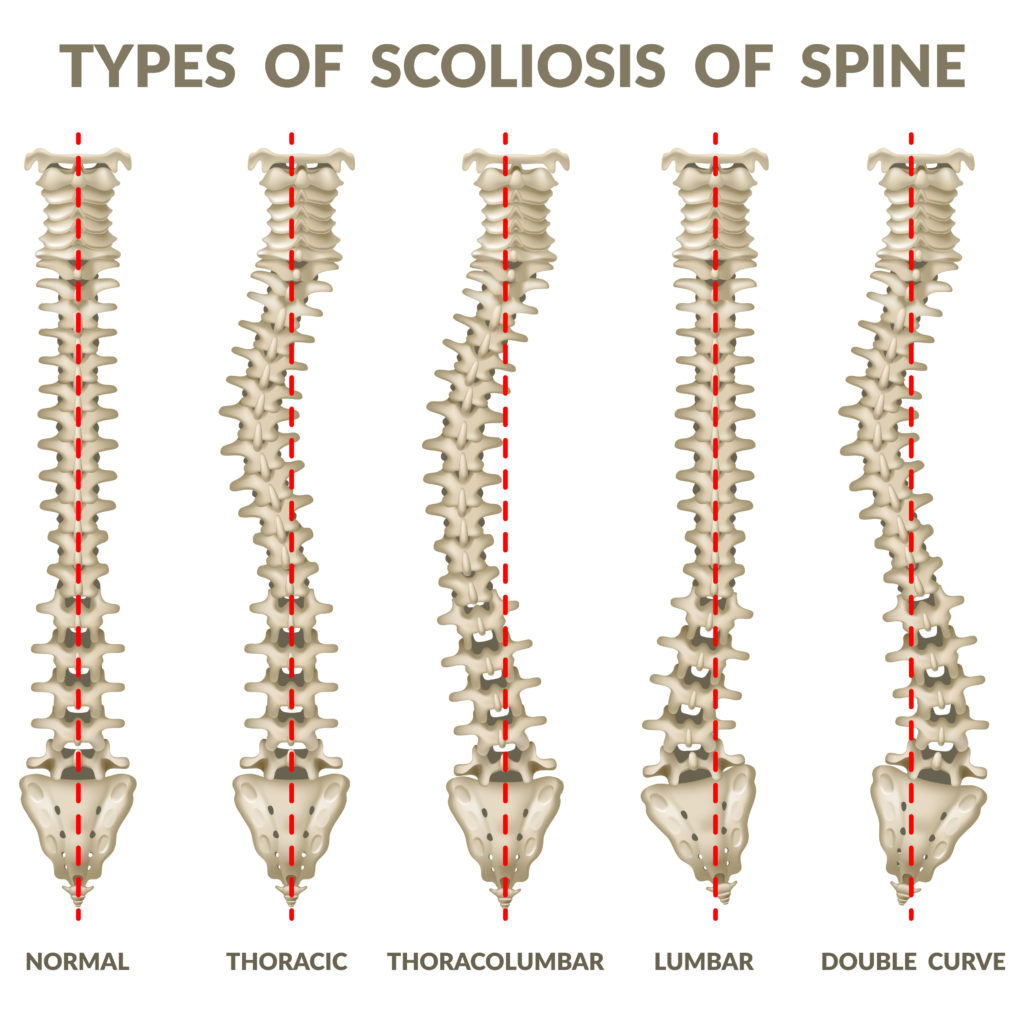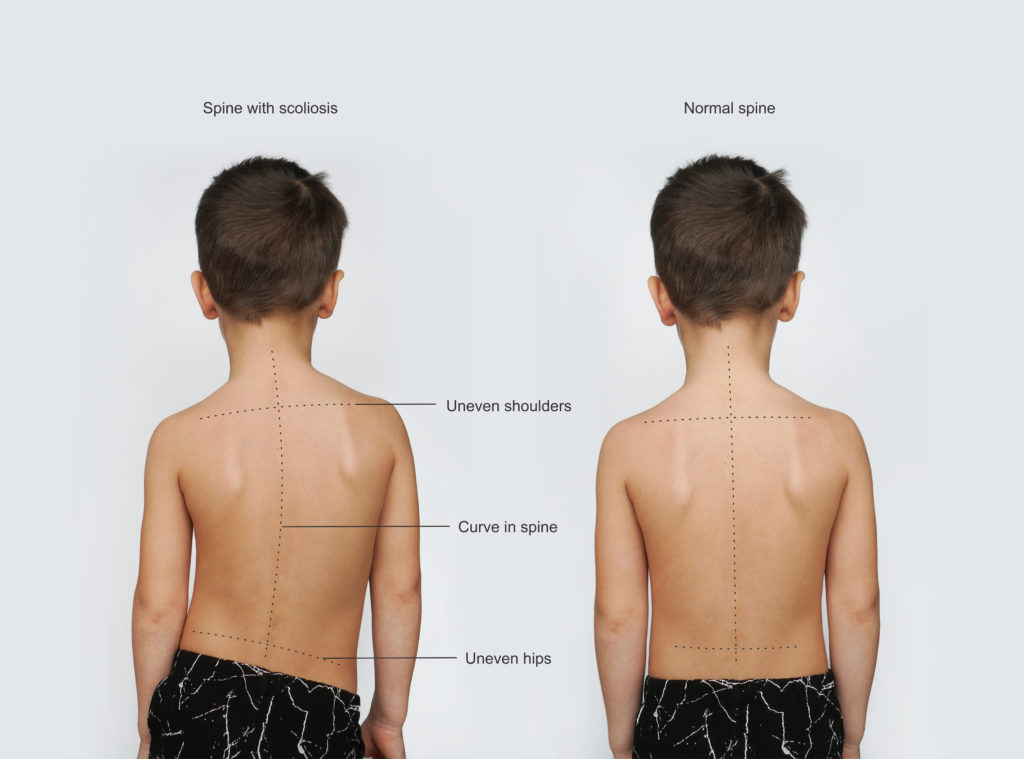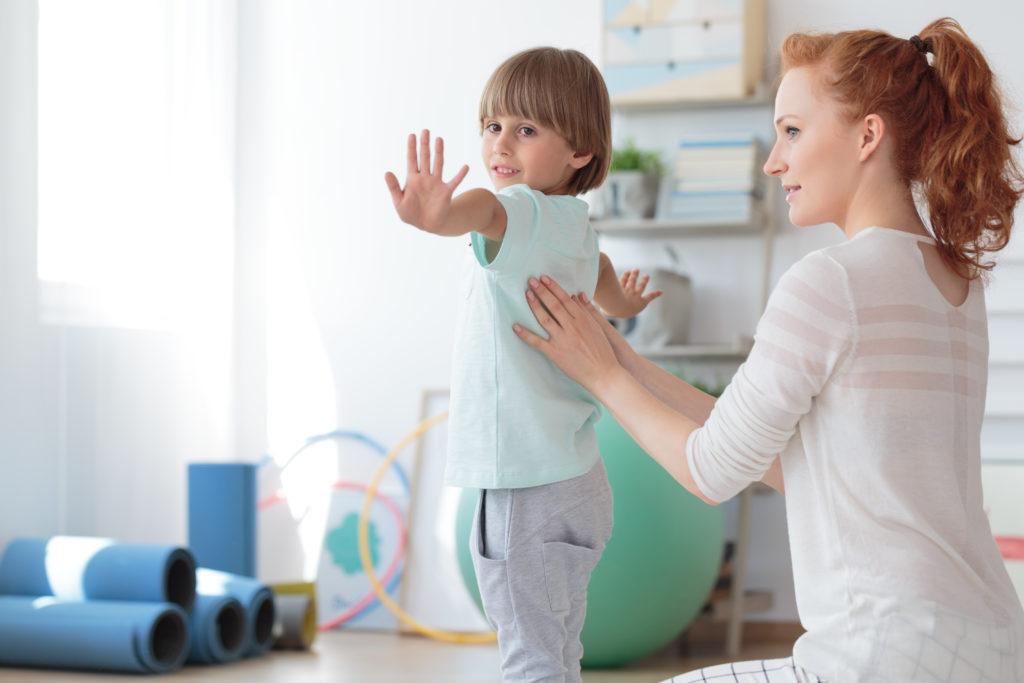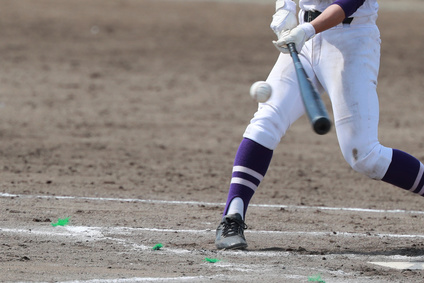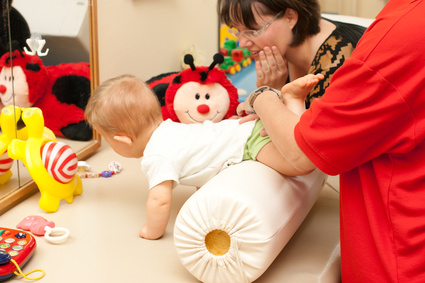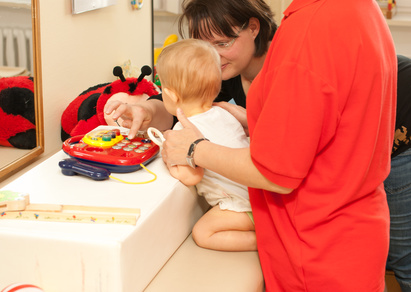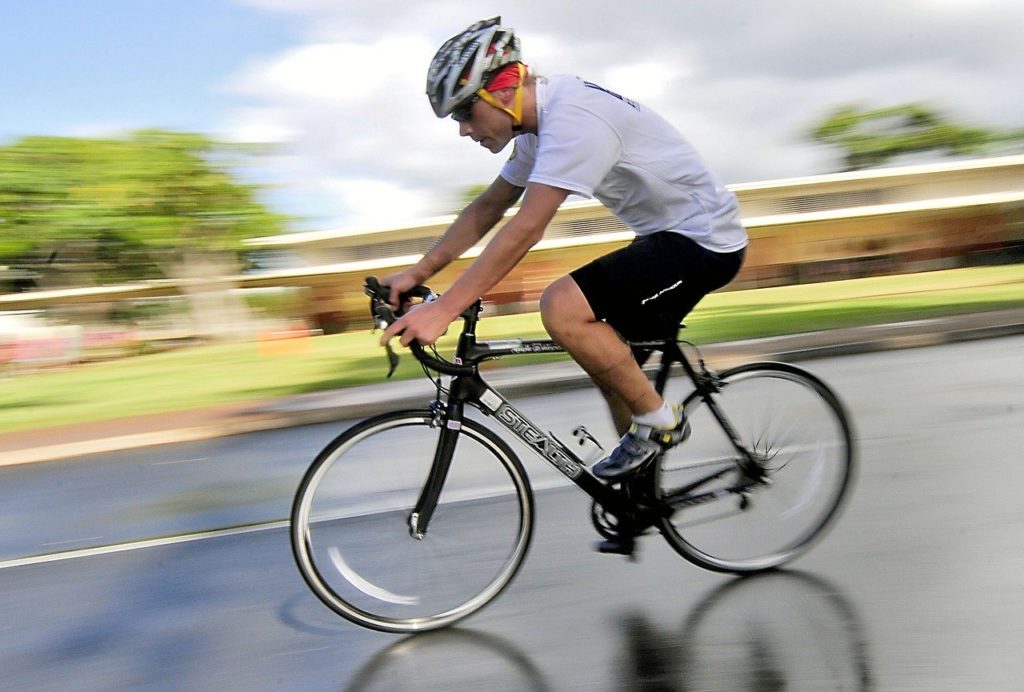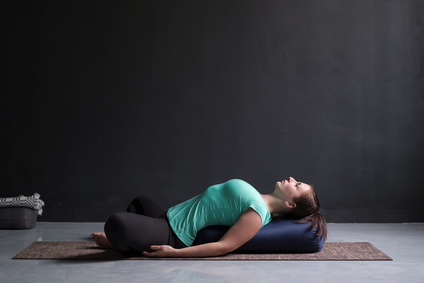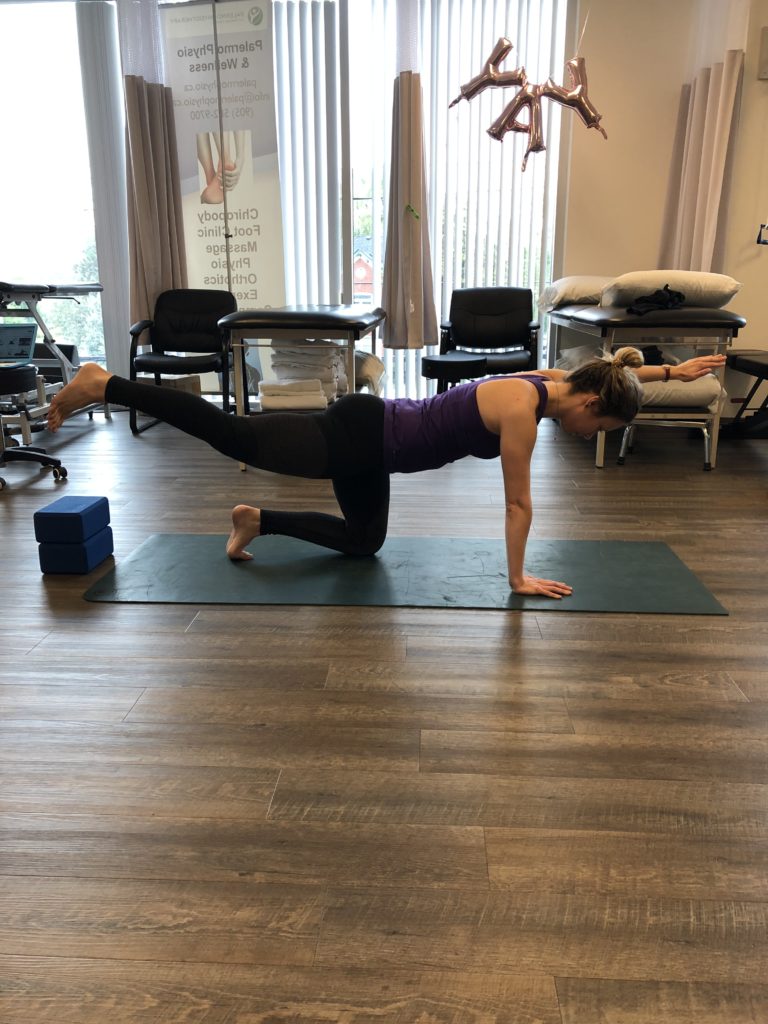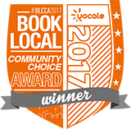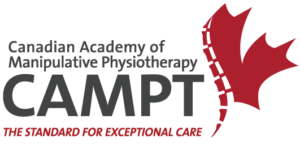As Physiotherapists, RMT’s, Chiropodists and Yoga Therapists we see many people who have osteoarthritis. We may or may not be treating them for issues directly related to the arthritis.
What is Osteoarthritis?
There are many different types of arthritis. Some affect the joints, some affect the tendons, muscles and ligaments. Some affects specific areas, and some affect the whole body.
The most common type of arthritis is Osteoarthritis or “OA”. This is a type of arthritis that affects a persons synovial joints. In OA, the cartilage that covers the ends of the bones may have changes or be worn away. Joint changes in OA can (but not necessarily) cause pain, stiffness, inflammation and trouble with movement.
OA refers to the classic “wear and tear” of the joints. It is commonly seen in the knees, hips, low back, neck, the joints of the fingers and the big toes. The pain generally stays locally in the joint that it is affected by.
Risk Factors of Osteoarthritis Include:
- Age
- Female Gender
- Obesity
- Anatomical Factors
- Muscle weakness
- Previous joint injury (eg. sports or occupation related etc)
Primary versus Secondary OA
Primary OA refers to normal “wear and tear” of the joints. It generally starts showing in people between 55 and 60 years of age. Everyone is different in how they experience symptoms and IF they have pain and limitations. The above risk factors also play a role in this.
Secondary OA refers to a specific injury or trigger that may accelerate cartilage breakdown. Injury, obesity, a history of certain diseases like diabetes, marfan syndrome and other connective tissue disorders,
Signs and Symptoms of OA:
People with osteoarthritis may come into our Oakville clinic looking for treatment from one of our Physio’s, RMT’s or Chiropodists due to one or a combination of the following issues.
There may be a precipitating event that flairs up symptoms of OA like a fall or injury. A person may complain of local pain. The intensity of the pain may be variable. A joint with OA may have stiffness or a decreased range of motion. This can be from a combination of the joint as well as the soft tissue structures around it, over time.
A person with OA may hear clicking or cracking with movement of a joint that may or may not decrease as they move more. The noises may or may not be associated with pain. There may also be mild swelling around a joint with osteoarthritis.
Imaging and Arthritis:
In addition to the signs above some family doctors like to send people for X-rays to confirm their suspicions. X-rays show the joint surfaces and the space between the joints. This will show the thickness and smoothness of the cartilage.
X-rays can sometimes be a red herring.This means that sometimes there may be pain in an area and the imaging shows no joint changes or someone may not have any pain but X-rays show more significant arthritis.
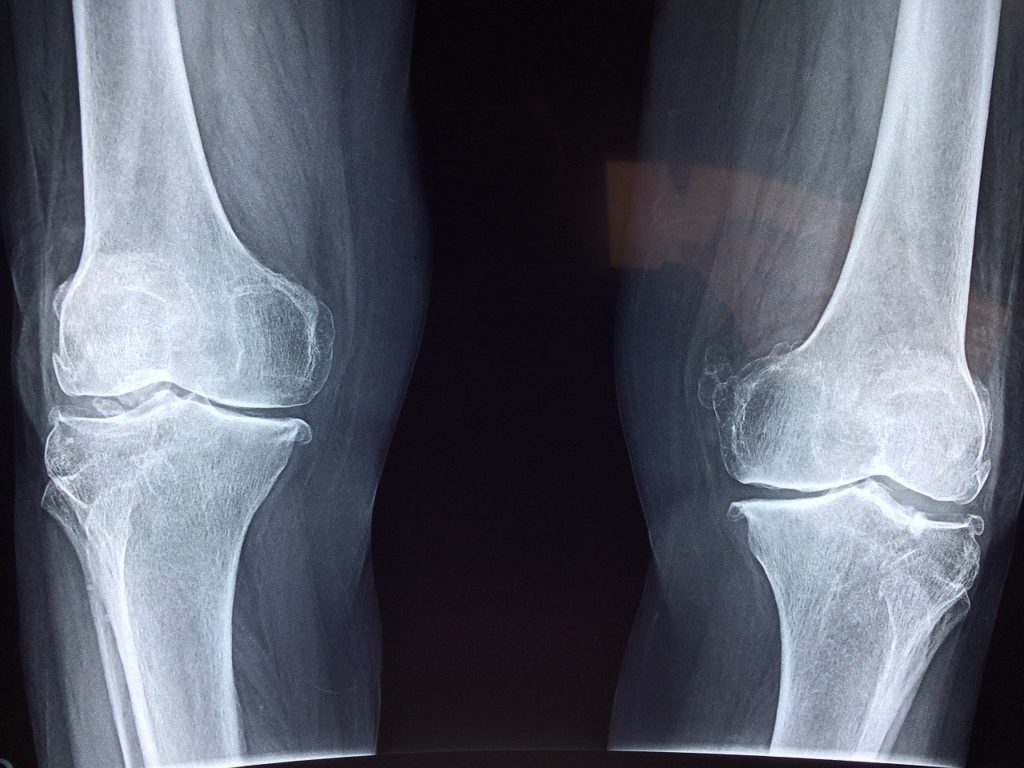
Management of Osteoarthritis:
If you have OA and or the above symptoms, a physiotherapist is a key member of your health care team.
The treatment and education they will provide you should be focussed on your specific limitations, your lifestyle and your goals.
If a joint replacement like a total knee replacement (THR) or total hip replacement (THR) is in your future, we (physiotherapists) can BOTH help get you ready and help you with your recovery. Hopefully you will access physiotherapy early enough that we will help you delay or even prevent needing these surgeries!
Physiotherapists will help you with specific ways to add strength and mobility in an area. This will help with activities of daily living and pain. Fall prevention activities are very important in people with OA as there is a 30% increased falls risk in people with OA. Some of this may have to do with pain medications frequently prescribed. Physiotherapists can help both with a persons pain and pain management as well as longer term pain management strategies.
Massage Therapists can also help with pain and mobility in stiff joints.
Chiropodists can help with the joint alignment from the bottom up through the use of custom orthotics. This can help with both hip, knee and low back OA.
How WE can help!
Having Osteoarthritis does not mean you are destined for years of pain and problems. There is a lot that can be done conservatively to take action.
Our team at North Oakville’s Palermo Physio and Wellness centre is here to help not only with your aches and pains but also with prevention.
Our Registered Massage Therapists can work on joints and muscles that are stiff and uncomfortable. Many people book in for massage when they have pain and find value in booking massages at regular intervals.
Our Chiropodists provide thorough biomechanics assessments and gait analysis. They can give advise on footwear and measure and fit you for the best custom orthotics for you and your lifestyle and needs.
Our Physiotherapists will work with you to help you get stronger, move better and to work towards your goals. You deserve to have an amazing quality of life and we are here to help!

